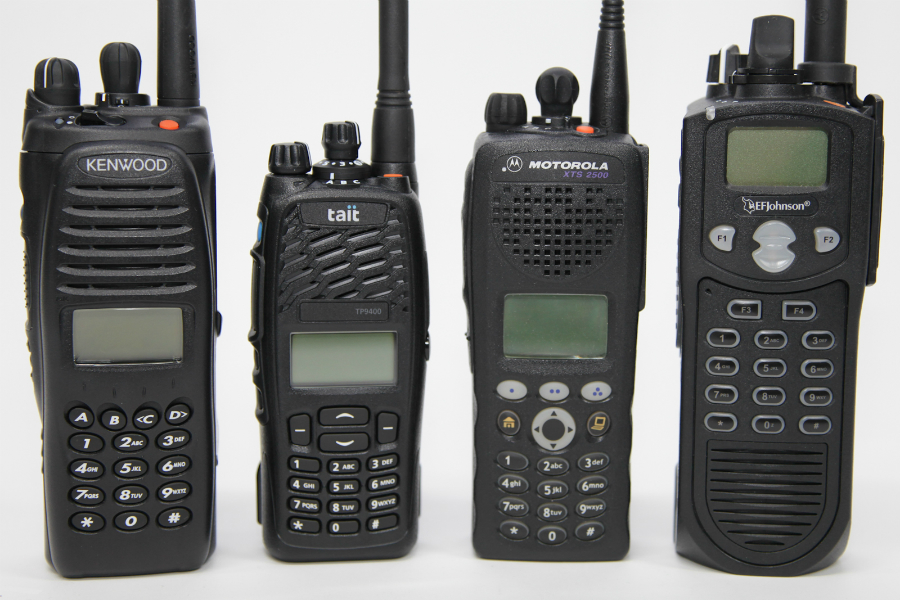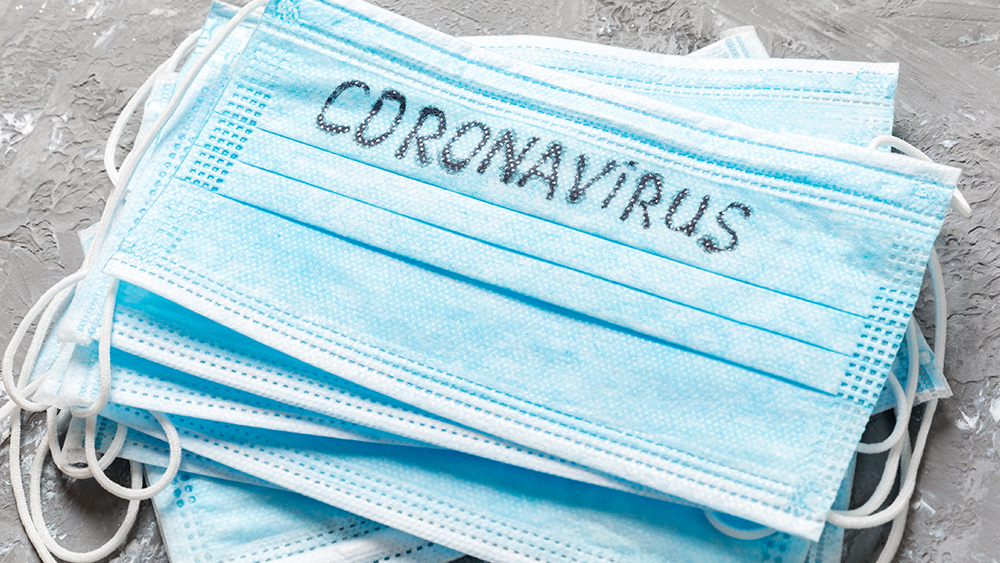
Advertisement
With threats by North Korea to drop a nuke on the U.S., and hopefully this is just saber rattling, plus escalating tensions with Russia over the Syria missile strike, it may now be an appropriate time for some advance planning about backup communications options in a grid down scenario.
In some kinds of disaster events, whether man-made or natural, your smartphone may be useless, at least in a worst-case scenario. (RELATED: Read about more prepping at OffGrid.news.)
That’s because cell towers are particularly vulnerable to disruption, OffTheGrid News explains, thereby taking out the network.
Cell towers need AC power to operate, and most don’t have an automatic backup system. Even those that have emergency generators are only on during short-term emergencies. Many cell towers are also easily susceptible to physical attack beyond storms.
To avoid complacency about the viability of cell phone service during a widespread power outage, OffTheGridNews suggests four alternative emergency communications devices to include in your bug-out bag containing emergency supplies.
- Citizens Band (CB) radio. Operating on the 27-MHz band, CB has faded in popularity since its heyday; it’s conceivable that you may be listening to a lot of dead air. A CB’s radio’s range is generally limited. However, they are better than nothing, and inexpensive.
- Satellite phones. These devices are expensive, and you need to sign up for a service in advance. Presumably satellites will still be functional, unless a worldwide crisis has broken out, and then all bets are off.
- General Mobile Radio Service. GMRS handheld radios are good for short-distance, FM communications and operate on UHF channels around 462 and 467 MHz. The Federal Communications requires a license to use the GMRS frequencies; there is no examination necessary.
- Amateur (or ham) radio. The FCC has allocated a wide range of HF, VHF, and UHF frequencies to the high-tech Amateur Radio Service. Hams use voice, Morse code, and various digital modes for local, national, and international communications. Participating in organized emergency communications groups, hams have, among other things, created an extensive repeater network in the 144-MHz band. To transmit on ham frequencies, users must first pass a written test to obtain a license. The good news for newcomers is that the FCC abolished the Morse code test for ham operators in 2007.
Do your research and decide which of these devices makes the most sense for you.
“Consider having a minimum of two backup communications devices. Owning any two of four of these is a great place to start in ensuring that you have proper communication equipment with you when a crisis strikes,” OffTheGridNews recommends.
Sources include:
This article may contain statements that reflect the opinion of the author
Advertisement
Advertisements















